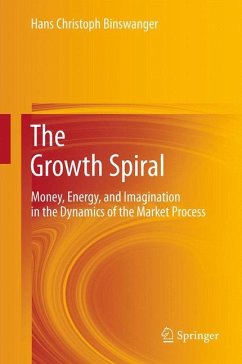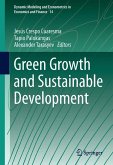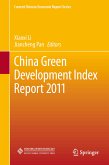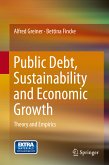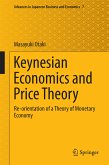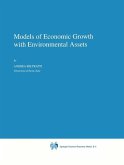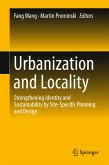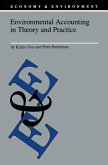Dieser Download kann aus rechtlichen Gründen nur mit Rechnungsadresse in A, B, BG, CY, CZ, D, DK, EW, E, FIN, F, GR, HR, H, IRL, I, LT, L, LR, M, NL, PL, P, R, S, SLO, SK ausgeliefert werden.
"The subtitle of the book encapsulates the author's ambitious research agenda combining growth theory, monetary policy, environmental economics, economy history, and economic dynamics to build 'the foundations for a new theory of the modern economy.' ... This book is intended to appeal to a broad audience of academics, policymakers, and lay readers." (Jesse Perla, Journal of Economic Literature, Vol. LI (4), December, 2013)

